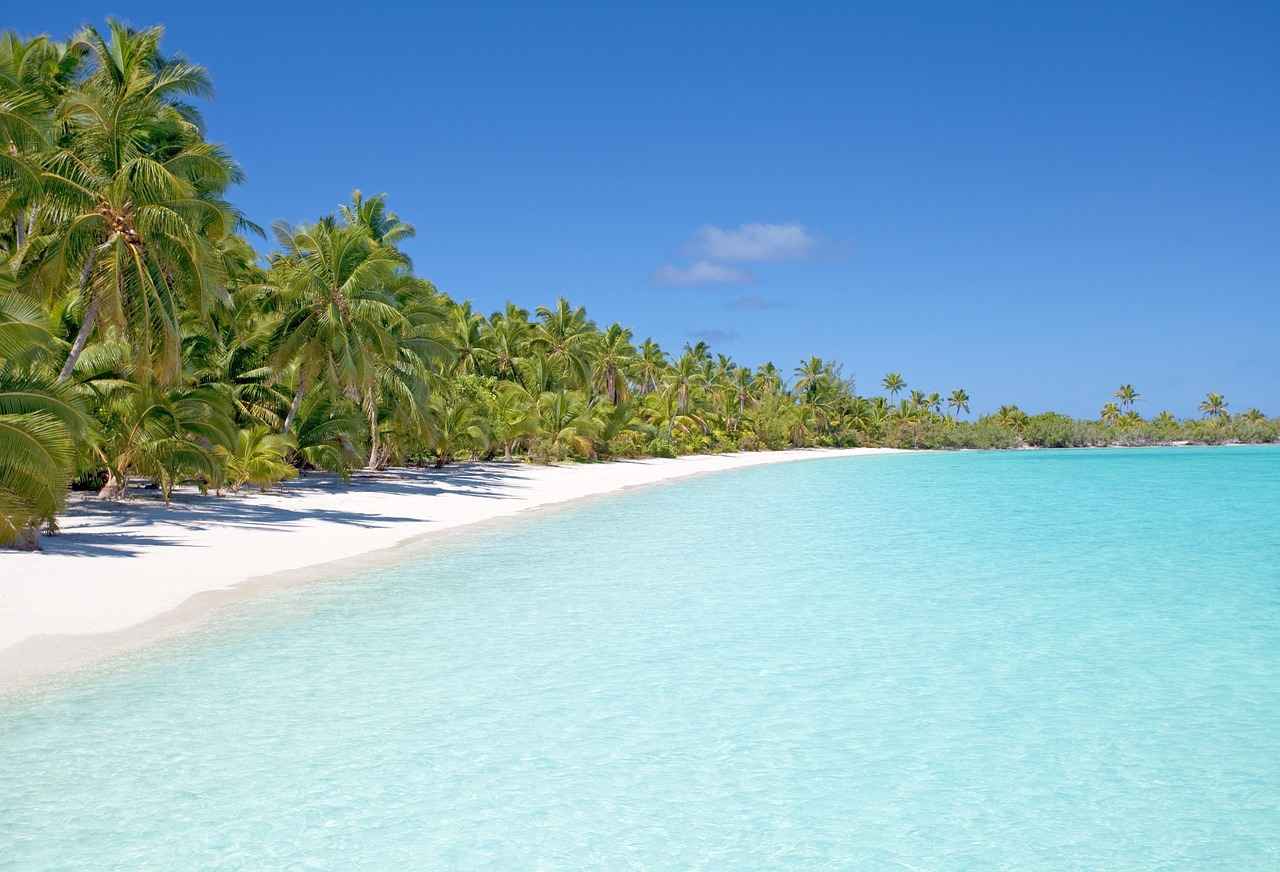This article explores various travel options, essential tips, and vital information for those planning a trip to the stunning Faroe Islands. Discover how to reach this remote, picturesque destination effectively.
Understanding the Geography of the Faroe Islands
The Faroe Islands are an archipelago located between Iceland and Norway. Comprised of 18 islands, they boast a rugged landscape characterized by steep cliffs, lush valleys, and dramatic coastlines. This unique geography not only influences the weather but also affects travel routes and accommodations. When planning your trip, it’s essential to consider the proximity of various islands and how they are interconnected by ferries and bridges. Understanding this geography will help you maximize your visit and explore the islands efficiently.
Best Time to Visit the Faroe Islands
Timing your visit can greatly affect your experience in the Faroe Islands. The best seasons for exploration are generally late spring to early autumn (May to September), when the weather is milder, and days are longer. During this period, you can enjoy various local events, including the famous Festival of the Sea and other cultural celebrations. However, if you are a fan of winter landscapes and fewer crowds, visiting during the winter months can provide a unique perspective of the islands, albeit with more unpredictable weather.
Traveling by Air: Major Airports and Airlines
Flying is the most common way to reach the Faroe Islands. The primary airport is Vágar Airport (FAE), located on Vágar Island. Major airlines such as Atlantic Airways and SAS offer flights from various European cities, including Copenhagen and Reykjavik. To secure the best deals, it’s advisable to book your flights well in advance and consider traveling during off-peak seasons. Additionally, keep an eye on any special promotions that airlines may offer.
Ferry Services to the Faroe Islands
Ferries are an alternative to flying and can provide scenic views of the archipelago. The primary ferry service is operated by Smyril Line, which connects the Faroe Islands with Iceland and Denmark. The ferry ride offers an opportunity to enjoy the breathtaking ocean views and spot wildlife, such as puffins and seals. It’s important to check the ferry schedules in advance, especially during peak tourist seasons, and to book your passage early to avoid any last-minute issues.
Exploring the Islands by Boat
Once in the Faroe Islands, boat trips can enhance your experience significantly. Various companies offer guided boat tours that allow you to explore remote islands and stunning sea cliffs. Popular tours include trips to Mykines, known for its puffin colonies, and Vestmanna for its dramatic bird cliffs. Private charters are also available for those looking for a more personalized experience. Always remember to check the weather conditions, as they can change rapidly in this region.
Public Transport Options in the Faroe Islands
Getting around the islands is easy with public transport. The bus network is comprehensive and connects most villages, making it convenient for tourists to explore. Buses operate regularly, and the schedules are well-coordinated with ferry arrivals. Taxis are also available, but they can be more expensive. For those who prefer a more flexible option, consider renting a bicycle or using ride-sharing services when available.
Car Rentals: Exploring at Your Own Pace
Renting a car provides flexibility and freedom to explore the Faroe Islands at your own pace. Several rental companies operate at Vágar Airport and in the capital, Tórshavn. Be sure to book in advance, especially during peak seasons. Driving conditions are generally good, but be prepared for narrow roads and changing weather. Familiarize yourself with local driving laws, and always check the road conditions before heading out.
Accommodation Choices: Where to Stay
Choosing the right accommodation is vital for a comfortable stay. Options range from hotels and guesthouses to unique stays like traditional turf-roofed houses. Popular areas to stay include Tórshavn and the village of Gjógv. Booking in advance is recommended, especially during the summer months when demand is high. Consider your itinerary when selecting accommodation to minimize travel time between attractions.
Essential Travel Tips for the Faroe Islands
Preparation is key to enjoying your trip. Essential travel tips include packing layers of clothing, as the weather can be unpredictable. Bring waterproof gear and sturdy hiking boots if you plan on exploring the stunning landscapes. Additionally, familiarize yourself with local customs, such as the importance of respecting nature and wildlife. Safety considerations are also crucial; always inform someone of your travel plans if venturing into remote areas.
Exploring Local Culture and Cuisine
Understanding the local culture enriches your experience in the Faroe Islands. Engage with the community by attending cultural events and festivals. Don’t miss the chance to try traditional cuisine, such as fermented lamb and fresh seafood. Local restaurants often serve dishes made from fresh, locally sourced ingredients. Exploring the culinary scene is a delightful way to experience the islands’ culture.
Outdoor Activities: Hiking and Nature Tours
The Faroe Islands are known for breathtaking landscapes, making outdoor activities a must. Popular hiking trails include Slættaratindur, the highest peak, and the scenic route to Gásadalur. Nature tours are also available, offering opportunities to see wildlife and experience the islands’ unique ecosystems. Always check weather conditions and trail difficulty before embarking on hikes.
Traveling Responsibly in the Faroe Islands
Sustainable travel is essential for preserving the islands’ beauty. Responsible tourism practices include minimizing waste, respecting wildlife habitats, and supporting local businesses. When hiking, stick to marked trails to protect the fragile ecosystem. By being a conscious traveler, you can help ensure that the Faroe Islands remain a pristine destination for future generations.
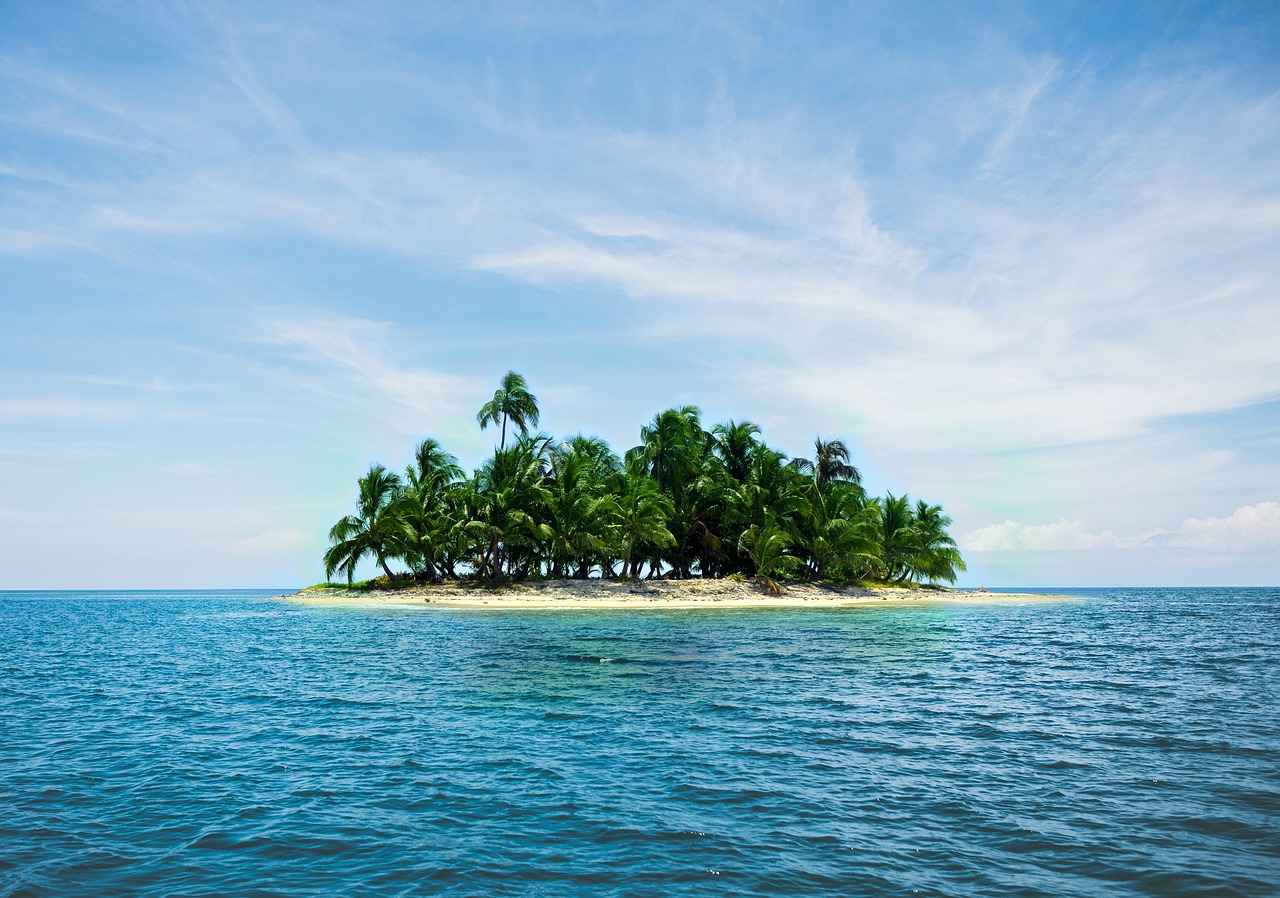
Understanding the Geography of the Faroe Islands
The Faroe Islands, a stunning archipelago comprising 18 islands, are nestled between Iceland and Norway in the North Atlantic Ocean. This unique location contributes to their breathtaking landscapes, characterized by steep cliffs, rugged coastlines, and lush valleys. Understanding the geography of the Faroe Islands is not only fascinating but also essential for anyone planning to visit this remote destination.
- Archipelago Structure: The islands are primarily volcanic in origin, featuring dramatic cliffs and valleys shaped by glacial activity. The highest peak, Slættaratindur, rises to 880 meters, offering stunning panoramic views for adventurous hikers.
- Climate: The climate is classified as subpolar oceanic, which means it experiences mild summers and cool winters. This unique weather pattern is influenced by the Gulf Stream, making the islands relatively temperate despite their northern location.
- Accessibility: The geography of the islands also impacts accessibility. With no bridges connecting all the islands, ferries and tunnels are vital for transportation. Understanding these routes is crucial for planning travel itineraries.
Topographical Features:The islands are characterized by their rugged terrain, which includes dramatic cliffs that plunge into the ocean and rolling hills that are perfect for hiking. The coastline is dotted with numerous fjords and inlets, creating a picturesque landscape that attracts nature lovers and photographers alike.
Wildlife and Ecosystems:The Faroe Islands boast a rich diversity of wildlife, including seabirds, sheep, and marine life. The islands are a haven for birdwatchers, with species such as puffins and guillemots nesting in the cliffs. The unique ecosystems found here, shaped by the islands’ geography, contribute to their ecological significance.
Planning Your Visit:Understanding the geography of the Faroe Islands is crucial for effective travel planning. The islands are interconnected through a series of tunnels and ferries, making it easier for visitors to explore different regions. Familiarizing yourself with the layout of the islands will help in selecting accommodations and planning day trips to various attractions.
In conclusion, the geography of the Faroe Islands plays a pivotal role in shaping the experience of visitors. From its breathtaking landscapes to its unique ecosystems, the islands offer a wealth of opportunities for exploration and adventure. By understanding the geographical features, travelers can better plan their itineraries and make the most of their time in this enchanting destination.
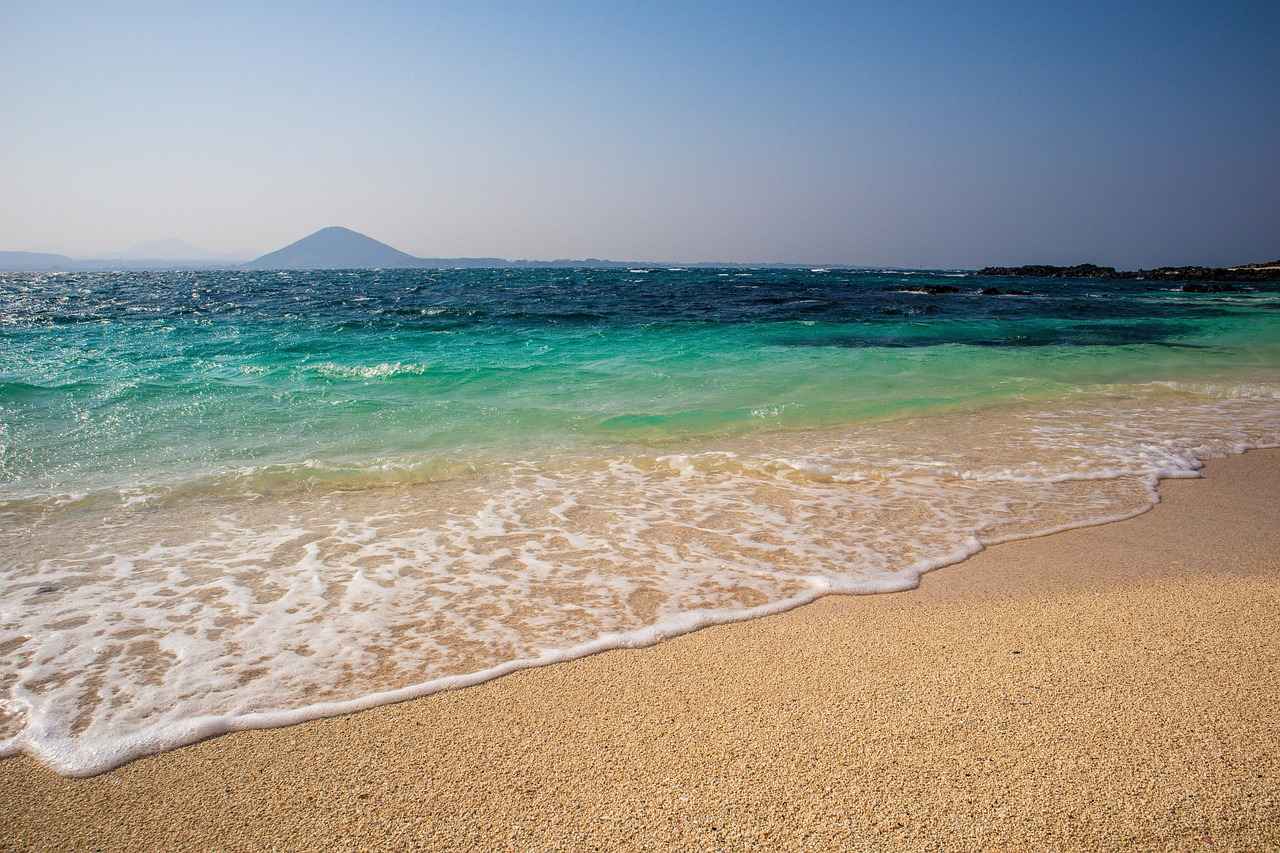
Best Time to Visit the Faroe Islands
When planning a trip to the stunning Faroe Islands, the timing of your visit can significantly enhance your overall experience. The archipelago, known for its dramatic landscapes and rich culture, offers unique experiences throughout the year. Understanding the best seasons to explore the islands, along with weather conditions and local events, is essential for making the most of your journey.
The Faroe Islands experience a maritime climate, which means that weather can be quite unpredictable. However, each season has its own charm:
- Spring (March to May): This season marks the awakening of nature. With temperatures gradually rising, it’s an excellent time for birdwatching, particularly for spotting puffins returning to nest.
- Summer (June to August): Known for the longest days and mild temperatures, summer is the peak tourist season. This is when you can enjoy various local festivals, outdoor activities, and breathtaking hikes under the midnight sun.
- Autumn (September to November): Autumn brings vibrant foliage and fewer tourists. It’s a great time for photography and enjoying the peacefulness of the islands. The weather starts to cool, and the fishing season is in full swing.
- Winter (December to February): While winter temperatures can be chilly, the islands transform into a serene wonderland. This season is perfect for experiencing the local culture and enjoying cozy evenings in traditional guesthouses.
The weather in the Faroe Islands is notoriously variable. Visitors can expect rain, wind, and even sunshine all in one day. It’s advisable to check the forecast before your trip and pack accordingly. Layered clothing, waterproof jackets, and sturdy footwear are essential no matter the season.
Timing your visit to coincide with local events can enrich your experience. Here are some key events to consider:
- Summarfestivalur: This summer festival celebrates local music and culture, featuring concerts and performances across the islands.
- Ólavsøka: Held in late July, this national holiday honors Saint Olaf with traditional ceremonies, parades, and cultural events.
- Christmas Festivities: Winter visits allow you to experience unique local Christmas traditions, including festive markets and local delicacies.
Outdoor enthusiasts will find that summer is ideal for hiking, birdwatching, and exploring the stunning coastal landscapes. Popular trails such as the Slættaratindur and Gásadalur are best tackled in the warmer months. However, autumn offers excellent conditions for fishing and photography, while winter provides opportunities for serene walks and enjoying the dramatic scenery devoid of crowds.
Ultimately, the best time to visit the Faroe Islands depends on your interests and what you hope to experience. Whether you are drawn to the vibrant life of summer or the tranquil beauty of winter, planning your trip with the seasons in mind will ensure a memorable adventure in this breathtaking archipelago.

Traveling by Air: Major Airports and Airlines
Flying is undeniably the most common and efficient way to reach the stunning Faroe Islands. Nestled between Iceland and Norway, this remote archipelago offers breathtaking landscapes and unique cultural experiences. In this section, we will explore the major airports, the airlines that operate flights to the islands, and essential tips for booking your flights.
Major Airports in the Faroe Islands
The primary airport serving the Faroe Islands is Vágar Airport (FAE). Located on Vágar Island, this airport is approximately 45 minutes from the capital city, Tórshavn. Vágar Airport is well-equipped to handle international flights, making it the gateway to the islands for travelers from around the world.
- Vágar Airport (FAE): The only international airport in the Faroe Islands, it connects with various destinations, primarily in Denmark.
- Tórshavn: The capital city, where most travelers begin their journey.
Available Airlines
Several airlines operate regular flights to Vágar Airport, ensuring convenient access to the islands. The main carriers include:
- SAS (Scandinavian Airlines): Offers flights from major Scandinavian cities such as Copenhagen and Oslo.
- Atlantic Airways: The national airline of the Faroe Islands, providing direct flights from Denmark and other locations.
- Norwegian Air: Occasionally offers seasonal flights to Vágar Airport, making it a great option for budget travelers.
Tips for Booking Flights
When planning your trip to the Faroe Islands, consider the following tips to ensure a smooth booking experience:
- Book in Advance: Flights can fill up quickly, especially during the peak tourist season from May to September. Booking early can help secure the best rates.
- Be Flexible with Dates: If your travel dates are flexible, use fare comparison websites to find the cheapest days to fly.
- Check for Package Deals: Some travel agencies offer package deals that include flights, accommodation, and guided tours, potentially saving you money.
- Consider Layovers: Direct flights are limited, so be prepared for layovers, particularly in Copenhagen.
By understanding the available airlines and airports, and utilizing these booking tips, you can enhance your travel experience to the captivating Faroe Islands. With the right preparation, your journey to this enchanting destination will be as seamless as possible.
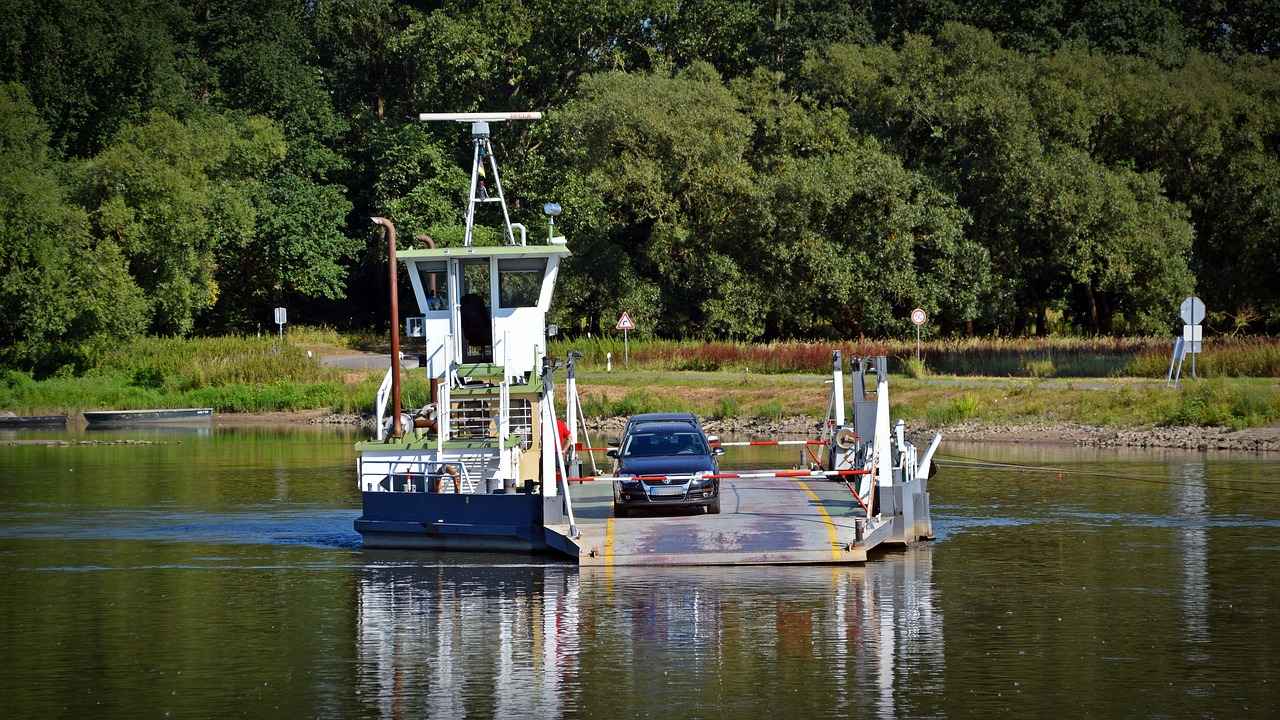
Ferry Services to the Faroe Islands
Traveling to the Faroe Islands can be an unforgettable experience, and one of the most scenic ways to reach this stunning archipelago is by ferry. Ferries not only provide a practical means of transportation but also offer breathtaking views of the rugged coastline and the surrounding ocean.
While flying is often the quickest option, ferries provide a unique travel experience. Passengers can enjoy panoramic views of the islands and marine life, making the journey itself a part of the adventure. The slow pace allows travelers to soak in the stunning landscapes, which can be a refreshing change from the hustle and bustle of air travel.
The primary ferry service to the Faroe Islands is operated by Atlantic Airways, which connects the islands with Denmark, Iceland, and Norway. The most frequented routes include:
- Hirtshals to Tórshavn: This route takes approximately 36 hours and provides a direct link to the capital.
- Bergen to Tórshavn: A scenic journey that lasts around 15 hours, offering beautiful views of the Norwegian coastline.
- Streymoy to Vágar: Connecting two of the major islands, this route is essential for local travel.
Ferry schedules can vary based on the season, so it’s important to check the timetable in advance. During the summer months, ferries run more frequently, accommodating the influx of tourists. Here are some tips for booking your ferry passage:
- Book Early: To secure the best prices and ensure availability, especially during peak seasons.
- Check for Discounts: Some ferry companies offer discounts for families, students, or groups.
- Consider Cabin Options: For longer journeys, booking a cabin can enhance comfort and provide a place to rest.
Ferries to the Faroe Islands are equipped with various amenities to ensure a comfortable journey. Passengers can enjoy:
- Restaurants and Cafés: Offering local cuisine and refreshments.
- Observation Decks: Perfect for capturing stunning photographs of the landscapes.
- Wi-Fi Access: Available on many ferries, allowing you to stay connected during your trip.
Once you arrive, the adventure continues. The Faroe Islands are known for their dramatic cliffs, lush valleys, and vibrant culture. Consider exploring:
- Hiking Trails: Offering breathtaking views and a chance to connect with nature.
- Local Villages: Each with its unique charm and history.
- Cultural Events: Engage with the local community through festivals and markets.
In summary, taking a ferry to the Faroe Islands not only provides a practical travel option but also enriches your journey with stunning views and unique experiences. Whether you’re a nature lover, a photography enthusiast, or simply looking for a new adventure, the ferry experience will undoubtedly enhance your trip.
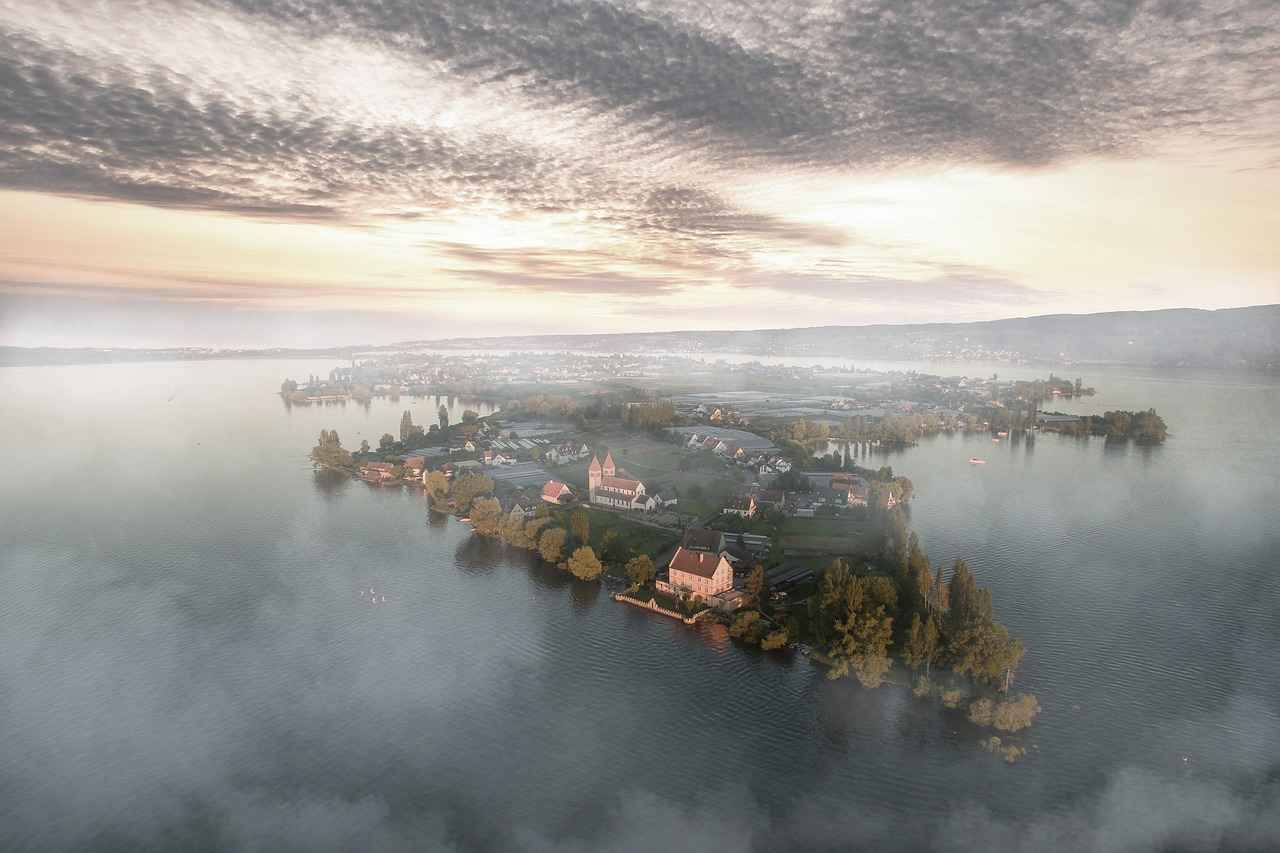
Exploring the Islands by Boat
Exploring the Faroe Islands by boat is an unforgettable experience that allows visitors to appreciate the stunning landscapes and unique wildlife of this remote archipelago. With numerous islands and hidden coves, boat tours provide an excellent opportunity to discover the beauty of the Faroe Islands from a different perspective. This section will delve into the various boat tours and private charters available for exploring the islands.
There are several types of boat tours available, catering to different interests and preferences. Whether you’re looking for a leisurely sightseeing tour or an adventurous fishing trip, there’s something for everyone:
- Scenic Sightseeing Tours: These tours typically take visitors around the islands, showcasing breathtaking cliffs, waterfalls, and unique rock formations. Many tours also include stops at remote villages, providing a glimpse into local life.
- Wildlife Watching Tours: The Faroe Islands are home to a diverse range of wildlife, including puffins, seals, and various seabirds. Wildlife tours often focus on specific areas known for their rich biodiversity, making them a favorite for nature enthusiasts.
- Fishing Charters: For those interested in fishing, private charters offer a chance to catch local fish species such as cod and halibut. Experienced guides provide all the necessary equipment and knowledge for a successful fishing experience.
- Sunset Cruises: These magical tours allow visitors to enjoy the stunning sunsets over the Atlantic Ocean while sailing around the islands. It’s a perfect way to unwind and soak in the beauty of the surroundings.
For those seeking a more personalized experience, private boat charters are an excellent option. These charters allow you to tailor your itinerary according to your interests, whether you want to explore specific islands, go fishing, or simply enjoy a leisurely cruise. Many local companies offer customizable packages, ensuring you have a memorable adventure. Additionally, private charters often come with knowledgeable guides who can provide insights into the islands’ history and culture.
Booking a boat tour in the Faroe Islands is relatively straightforward. Many companies have online platforms where you can view available options, read reviews, and make reservations. It’s advisable to book in advance, especially during peak tourist seasons, to secure your preferred dates and times. When selecting a tour, consider factors such as group size, duration, and what’s included in the package, such as meals or equipment.
Safety is paramount when exploring the islands by boat. Ensure that the tour operator follows safety regulations and provides life jackets for all passengers. It’s also wise to check the weather conditions before heading out, as the weather in the Faroe Islands can change rapidly. Dress in layers and be prepared for wind and rain, even during the summer months.
In conclusion, exploring the Faroe Islands by boat opens up a world of adventure and discovery. With various tours and private charters available, there’s no shortage of opportunities to experience the islands’ natural beauty. Whether you choose a scenic cruise, a wildlife-watching tour, or a private charter, the memories created on the water will undoubtedly enhance your visit to this breathtaking archipelago.

Public Transport Options in the Faroe Islands
Traveling around the stunning Faroe Islands has never been easier, thanks to the efficient and well-organized public transport system available for tourists. Whether you’re planning to explore the lush landscapes or visit charming villages, understanding the transport options is essential for a seamless experience.
The Faroe Islands boast a reliable public transport network that includes buses, taxis, and even ferries connecting various islands. This makes it convenient for tourists to navigate through the archipelago without the need for a personal vehicle.
- Buses: The bus service is the backbone of public transport in the Faroe Islands. Buses operate between major towns and villages, with frequent services, especially during the summer months. The SSL (Strandfaraskip Landsins) is the primary bus company, offering routes that cover most inhabited areas. For tourists, the bus schedules are easily accessible online, allowing you to plan your trips efficiently.
- Taxis: While buses are a great option, taxis are available for those who prefer a more direct route or need to travel at odd hours. Taxi services can be booked via phone or through various apps, and they are particularly useful for reaching remote locations that might not be serviced by public buses.
- Boats and Ferries: Many of the islands are connected by ferry services, which not only provide transportation but also offer breathtaking views of the surrounding waters. The ferry system is operated by SSL and includes routes to popular islands such as Mykines and Sandoy. It’s advisable to check the ferry schedules in advance, especially during peak tourist seasons.
For those who enjoy a more adventurous approach, consider taking a boat tour. Various companies offer guided tours that allow you to explore the islands from the sea, providing a unique perspective on the stunning landscapes and wildlife.
Another aspect worth mentioning is the Faroe Islands’ commitment to sustainability. The public transport system is designed to minimize environmental impact, encouraging visitors to use public transport instead of renting cars. This not only reduces traffic congestion but also helps preserve the natural beauty of the islands.
In terms of accessibility, most public transport options are designed to accommodate tourists, with information available in multiple languages. This makes it easier for non-native speakers to navigate the system without any hassle.
In summary, the public transport options in the Faroe Islands are not only efficient but also environmentally friendly. By utilizing buses, taxis, and ferries, tourists can explore the islands comfortably and responsibly, ensuring a memorable experience in this breathtaking part of the world.
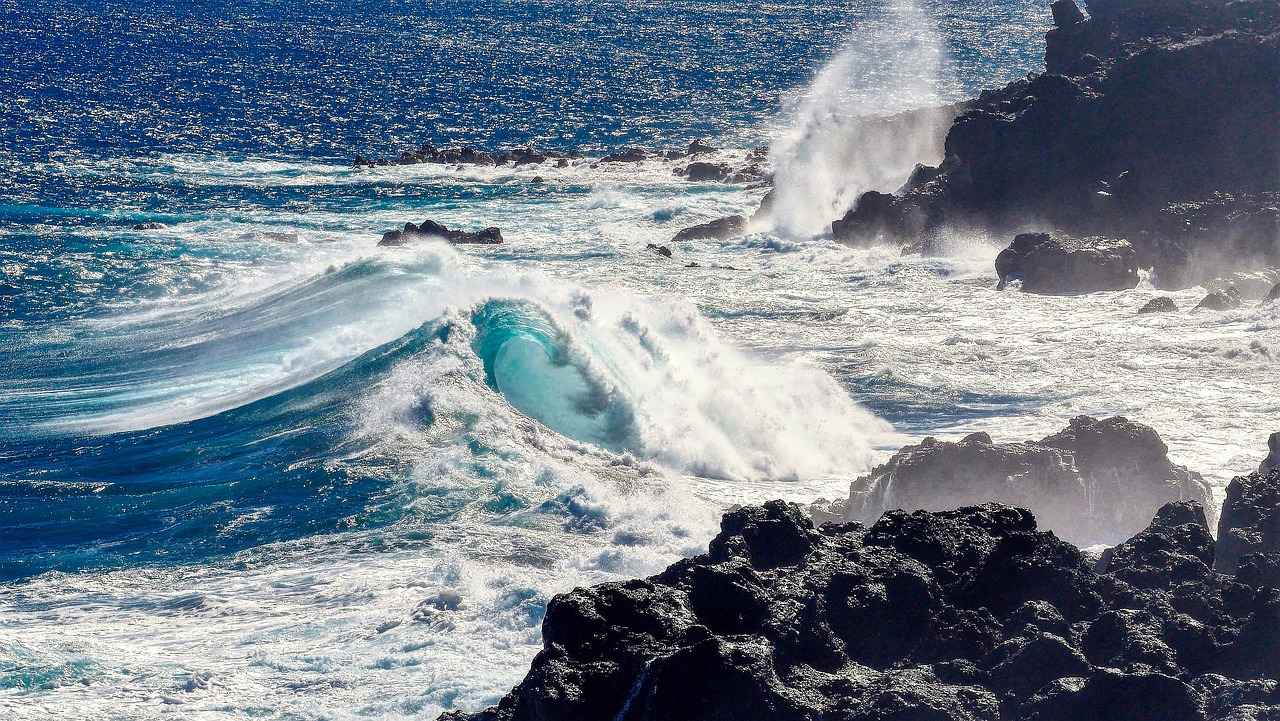
Car Rentals: Exploring at Your Own Pace
Renting a car in the Faroe Islands is an excellent way to experience the breathtaking landscapes and unique culture at your own pace. This option offers unparalleled flexibility and the freedom to explore hidden gems that are often inaccessible by public transport. In this section, we will discuss various rental options, driving conditions, and essential tips for navigating the islands.
When it comes to renting a car in the Faroe Islands, several companies offer a range of vehicles suitable for different travel needs. From compact cars ideal for city driving to larger SUVs that can handle rugged terrains, there is something for everyone. Popular car rental companies include:
- Sixt
- Europcar
- Budget
- Local providers that often offer competitive rates
It is advisable to book your vehicle in advance, especially during peak tourist seasons, to ensure availability and to secure the best rates.
The driving conditions in the Faroe Islands can vary significantly based on the weather. The islands are known for their unpredictable weather, which can change rapidly. Here are some key points to consider:
- Road Quality: Most main roads are well-maintained, but some smaller roads may be gravel or unpaved.
- Weather: Fog, rain, and strong winds can occur at any time, so always check forecasts before setting out.
- Speed Limits: The speed limit in urban areas is usually 50 km/h (31 mph), while rural areas typically have a limit of 80 km/h (50 mph).
To make the most of your driving experience in the Faroe Islands, keep these tips in mind:
- GPS and Maps: While GPS is helpful, having a physical map can be beneficial, especially in remote areas with limited signal.
- Fuel Stations: Fuel stations are limited, so plan your refueling stops accordingly, especially when traveling to more isolated locations.
- Parking: Be mindful of parking regulations to avoid fines. In towns, look for designated parking areas.
In conclusion, renting a car allows you to fully immerse yourself in the stunning beauty of the Faroe Islands. With the right preparation and knowledge of driving conditions, you can enjoy a memorable and adventurous journey through this remarkable archipelago.
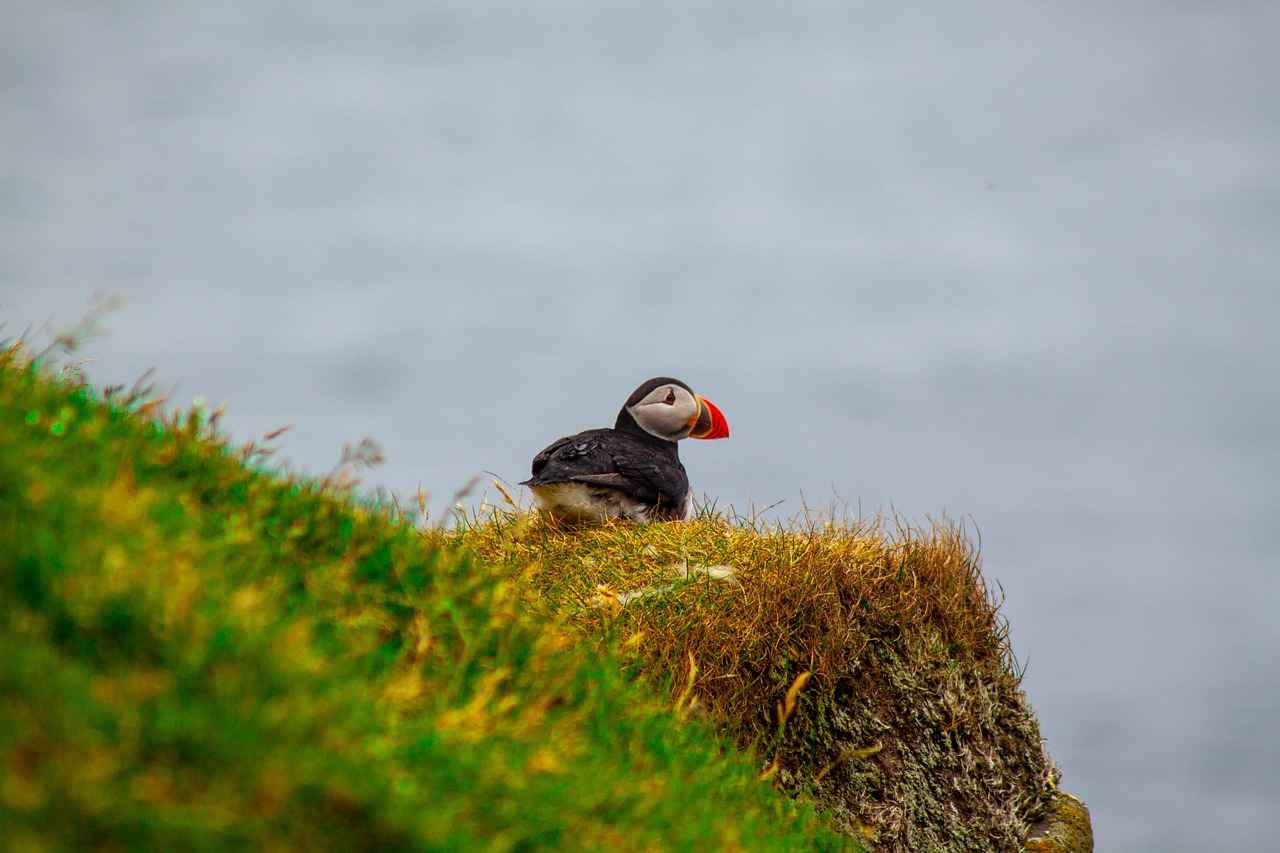
Accommodation Choices: Where to Stay
Choosing the right accommodation is vital for a comfortable stay in the stunning Faroe Islands. With a variety of lodging options available, travelers can find the perfect fit for their needs and budget. From luxurious hotels to cozy guesthouses, and even unique stays like traditional turf-roofed houses, each option offers its own unique charm and experience.
- Hotels: The islands feature several hotels that cater to different tastes. Many of them are located in the capital, Tórshavn, providing easy access to local attractions. Look for hotels with amenities such as free Wi-Fi, breakfast options, and stunning views of the surrounding landscapes.
- Guesthouses: For a more intimate experience, consider staying in a guesthouse. These accommodations often provide a homely atmosphere and personalized service. Many guesthouses also offer local cuisine, allowing you to immerse yourself in Faroese culture.
- Unique Stays: The Faroe Islands are known for their unique lodging options. From converted sheep barns to charming cabins overlooking the sea, these stays provide a memorable experience. Some visitors even opt for traditional turf houses, which reflect the islands’ rich history.
- Camping: For those who love the outdoors, camping can be an exhilarating way to experience the islands. With breathtaking landscapes and pristine nature, camping allows you to connect with the environment. Be sure to check local regulations and designated camping areas.
- Airbnb and Vacation Rentals: Platforms like Airbnb offer a variety of rental options, from entire homes to private rooms. This can be a great way to find accommodations that suit your specific needs, especially for larger groups or families.
When selecting your accommodation, consider the location, amenities, and the type of experience you desire. If you plan to explore multiple islands, staying in Tórshavn might be the most convenient choice. However, if you’re looking for tranquility and natural beauty, consider a guesthouse or cabin in the countryside.
Additionally, it’s essential to book your accommodation in advance, especially during peak travel seasons, as availability can be limited. Reading reviews and checking ratings can also help ensure that you choose a place that meets your expectations.
In summary, the Faroe Islands offer a wide array of accommodation choices to suit every traveler’s preferences. Whether you opt for a hotel, guesthouse, unique stay, or a more adventurous option like camping, you are sure to find a comfortable base from which to explore the breathtaking landscapes and rich culture of this remarkable archipelago.

Essential Travel Tips for the Faroe Islands
Preparation is key to enjoying your trip to the Faroe Islands, a breathtaking archipelago known for its rugged landscapes and rich culture. To ensure a smooth and memorable experience, consider the following essential travel tips:
- Packing Wisely: The weather in the Faroe Islands can be unpredictable, so it’s important to pack layers. Bring a waterproof jacket, warm clothing, and sturdy hiking boots. Don’t forget a camera to capture the stunning scenery!
- Understanding Local Customs: The Faroese people are known for their hospitality. It’s customary to greet locals with a smile and a friendly “Hey!” or “Hallo!” Learning a few basic phrases in Faroese can go a long way in enhancing your interactions.
- Safety Considerations: While the Faroe Islands are generally safe for travelers, it’s wise to stay informed about weather conditions, especially if you plan to hike. Always inform someone about your plans if you’re venturing into remote areas.
- Currency and Payment Methods: The local currency is the Faroese króna (DKK). Credit cards are widely accepted, but it’s advisable to carry some cash for smaller establishments, especially in rural areas.
- Transportation Tips: While public transport is reliable, renting a car can provide the freedom to explore at your own pace. Familiarize yourself with local driving rules, and be cautious of narrow roads and sheep on the highways.
- Internet Connectivity: Wi-Fi is available in most hotels and cafes, but connectivity can be limited in remote areas. Consider downloading maps and travel apps in advance to avoid getting lost.
- Respecting Nature: The natural beauty of the Faroe Islands is a significant part of its charm. Always follow marked trails and avoid disturbing wildlife. Carry out what you bring in to help preserve the environment.
By adhering to these tips, you can ensure a more enjoyable and enriching experience in the Faroe Islands. Embrace the culture, engage with locals, and immerse yourself in the stunning landscapes that await you!

Exploring Local Culture and Cuisine
To truly appreciate the Faroe Islands, one must delve into its rich local culture and cuisine. This unique archipelago boasts a vibrant heritage shaped by its history, geography, and the resilience of its people. By understanding and experiencing these cultural elements, visitors can significantly enrich their journey through this stunning landscape.
Festivals and Cultural Events
The Faroe Islands host numerous cultural festivals throughout the year, each offering a glimpse into the local traditions and community spirit. One of the most notable events is the Ólavsøka, celebrated on July 29th, which honors Saint Olav, the islands’ patron saint. This festival features parades, traditional music, and local food stalls, providing an immersive experience into Faroese culture.
Other events, such as the Faroe Islands Marathon and various music festivals, showcase the islands’ commitment to arts and sports. Visitors are encouraged to participate or observe these celebrations to gain a deeper understanding of the Faroese way of life.
Traditional Cuisine: A Taste of the Islands
The culinary scene in the Faroe Islands is a reflection of its natural environment. Traditional dishes often feature fresh seafood, lamb, and locally grown vegetables. One must-try dish is fermented lamb, known as skerpikjøt, which is typically served with potatoes and a side of rhubarb jam. This unique preparation method showcases the islands’ preservation techniques and deep-rooted traditions.
Another local favorite is fish soup, made with a variety of fresh fish and served with homemade bread. Dining at local restaurants offers an opportunity to taste these traditional dishes while enjoying the stunning views of the surrounding landscape.
Dining Options Across the Islands
The Faroe Islands offer a range of dining options, from casual cafes to fine dining experiences. In the capital, Tórshavn, visitors can find a variety of eateries that serve both traditional and modern cuisine. Restaurant KOKS, for example, has gained international acclaim for its innovative approach to Faroese ingredients, blending traditional recipes with contemporary culinary techniques.
For a more casual experience, local bakeries and cafes provide an array of pastries and coffee, perfect for a quick snack while exploring the islands. Don’t miss trying a traditional Faroese sandwich made with local meats and cheeses, which can be found in many small shops and markets.
Embracing Local Customs
Engaging with the local culture goes beyond just food and festivals. Visitors are encouraged to learn about the Faroese language, which is derived from Old Norse, and to participate in local customs and traditions. Simple gestures, such as greeting locals with a friendly “Góðan dag” (Good day), can foster connections and enrich your travel experience.
In summary, exploring the local culture and cuisine of the Faroe Islands offers an enriching experience that goes hand-in-hand with the breathtaking landscapes. By participating in cultural events, savoring traditional dishes, and embracing local customs, visitors can create lasting memories and a deeper appreciation for this remarkable archipelago.
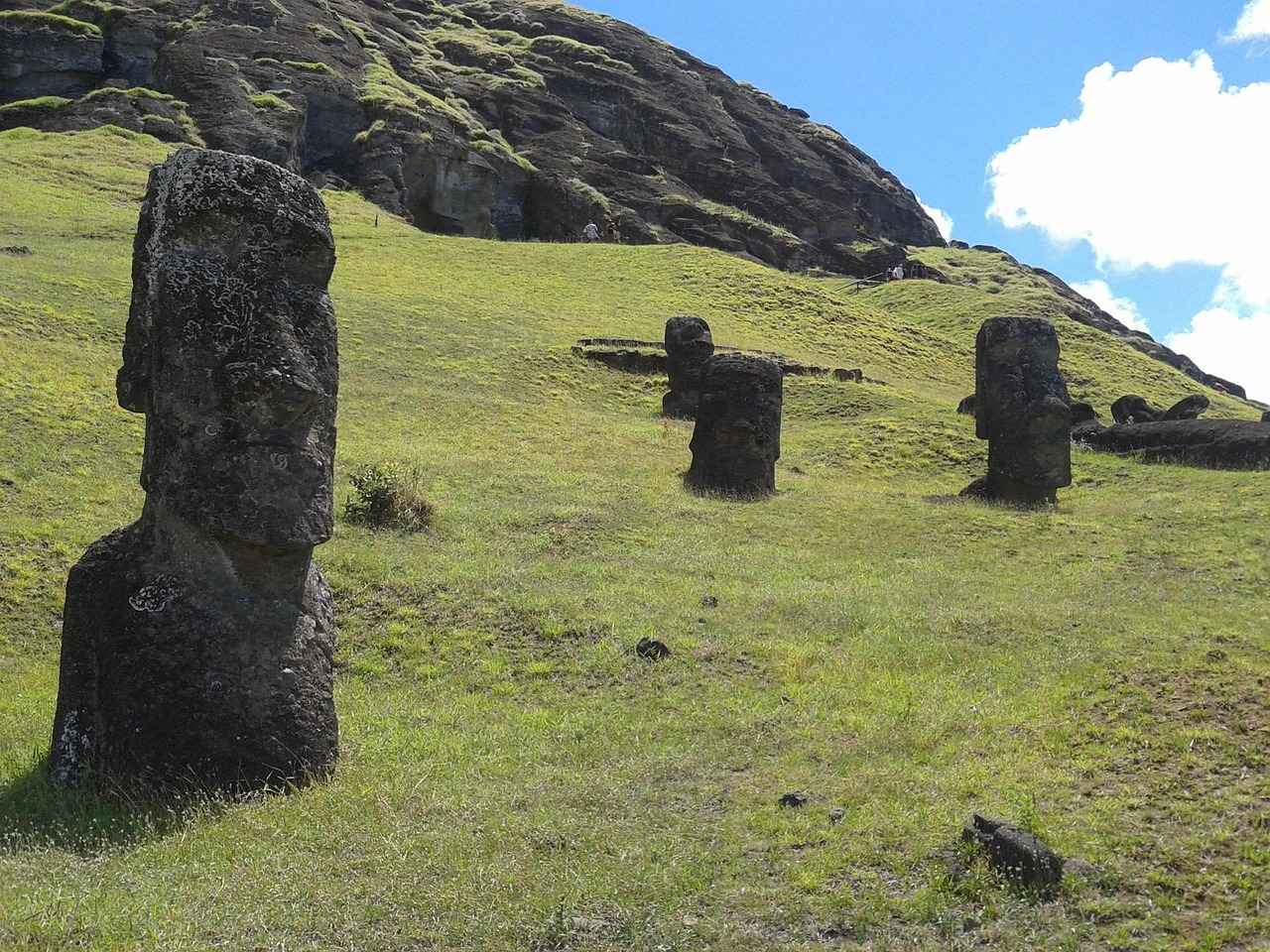
Outdoor Activities: Hiking and Nature Tours
The Faroe Islands are a true paradise for outdoor enthusiasts, offering a plethora of breathtaking landscapes and unique experiences. With rugged cliffs, lush valleys, and dramatic coastlines, the islands provide an ideal backdrop for a variety of outdoor activities. From hiking to nature tours, visitors can immerse themselves in the stunning natural beauty that the archipelago has to offer.
One of the best ways to explore the Faroe Islands is by hiking. The islands boast numerous trails that cater to all skill levels. Some of the most popular hiking routes include:
- Slættaratindur: As the highest peak in the Faroe Islands, Slættaratindur offers a challenging hike with rewarding panoramic views. The trail is approximately 1,400 meters high and takes around 3-4 hours to complete.
- Gásadalur to Múlagljúvur: This scenic trail takes you from the charming village of Gásadalur to the stunning Múlagljúvur canyon, showcasing dramatic landscapes and stunning waterfalls along the way.
- Hiking to the Famous Lake Sørvágsvatn: Known for its optical illusion of being above sea level, Sørvágsvatn is a must-visit. The hike to the lake is relatively easy and offers breathtaking views of the surrounding cliffs.
For those who prefer a guided experience, nature tours are an excellent way to discover the rich biodiversity of the Faroe Islands. Various tours are available, including:
- Birdwatching Tours: The islands are home to millions of seabirds, including puffins, guillemots, and kittiwakes. Birdwatching tours provide an opportunity to observe these magnificent creatures in their natural habitat.
- Whale Watching Excursions: The waters surrounding the Faroe Islands are teeming with marine life. Whale watching tours allow visitors to spot various species, including orcas and humpback whales.
- Photography Tours: With its stunning landscapes, the Faroe Islands are a photographer’s dream. Photography tours offer guidance on capturing the islands’ beauty, ensuring you leave with stunning images.
In addition to hiking and nature tours, the Faroe Islands offer a range of other outdoor activities:
- Kayaking: Paddle through the serene waters of the fjords, exploring hidden coves and enjoying the tranquility of nature.
- Fishing: The islands are known for excellent fishing opportunities, whether from the shore or on a boat.
- Camping: For those looking to immerse themselves in nature, camping is a popular option. Numerous campsites are available, allowing you to experience the islands’ beauty up close.
Whether you’re an avid hiker or simply looking to enjoy the great outdoors, the Faroe Islands offer an array of activities that will leave you in awe of their natural beauty. With each trail and tour, you’ll discover a unique aspect of this remarkable archipelago, making your visit truly unforgettable.
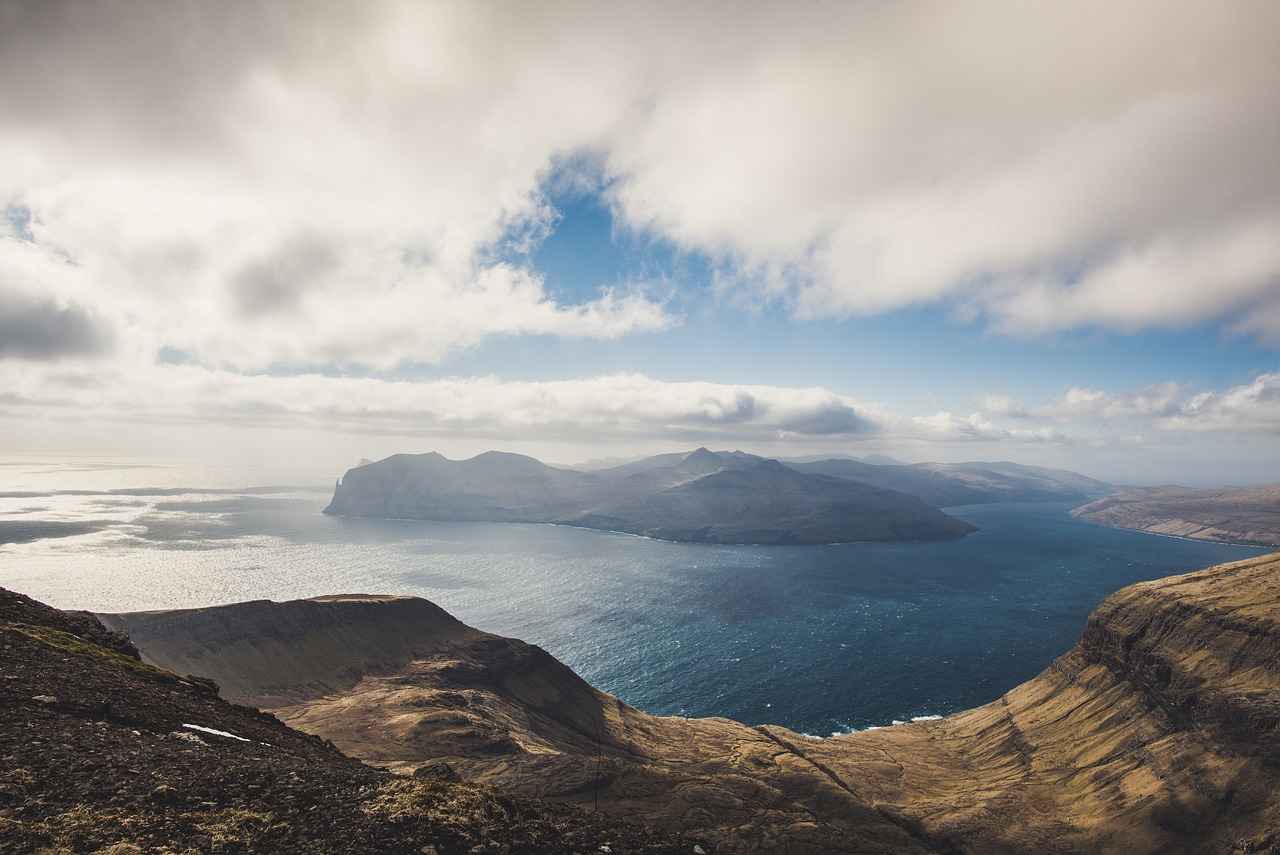
Traveling Responsibly in the Faroe Islands
Sustainable travel is essential for preserving the islands’ beauty. The Faroe Islands, with their breathtaking landscapes and rich biodiversity, are a treasure trove for nature lovers and adventurers alike. However, as tourism increases, it becomes crucial to adopt responsible tourism practices to ensure that these stunning islands remain unspoiled for future generations. This section will explore various ways to minimize your environmental impact while visiting the Faroe Islands.
Understanding Responsible Tourism
Responsible tourism is about making a positive impact on the environment and local communities while enjoying your travels. It involves being mindful of your actions and choices, from transportation to accommodation and activities. Here are some key practices to consider:
- Support Local Businesses: Choose to eat at local restaurants, stay in guesthouses, and buy souvenirs from local artisans. This helps boost the local economy and creates jobs for residents.
- Minimize Waste: Carry reusable water bottles, bags, and containers to reduce plastic waste. The islands have limited waste management facilities, so reducing your waste is essential.
- Respect Wildlife: Observe animals from a distance and avoid disrupting their natural habitats. The Faroe Islands are home to unique wildlife, and preserving their habitats is crucial.
Eco-Friendly Transportation Options
When exploring the islands, consider using eco-friendly transportation methods:
- Public Transport: Utilize the efficient bus system that connects many of the islands. It reduces the carbon footprint compared to driving.
- Biking: Rent a bike to explore the scenic routes. Cycling is a great way to enjoy the landscape while being environmentally friendly.
- Walking: Many trails are accessible on foot, allowing you to immerse yourself in nature without impacting the environment.
Responsible Outdoor Activities
The Faroe Islands offer numerous outdoor activities, but it’s important to engage in them responsibly:
- Hiking: Stick to marked trails to prevent soil erosion and protect native plants. Always follow local guidelines for hiking, especially in sensitive areas.
- Wildlife Watching: Participate in guided tours that prioritize conservation and education. This ensures that your experience is safe for both you and the wildlife.
- Fishing: If you plan to fish, familiarize yourself with local regulations and sustainable practices to protect fish populations.
Engaging with Local Culture
Understanding and respecting local culture is a vital part of responsible tourism. Engage with the community by:
- Participating in Cultural Events: Attend local festivals or events to learn about the traditions and customs of the Faroese people.
- Learning the Language: Even a few phrases in Faroese can go a long way in showing respect and appreciation for the culture.
- Volunteering: Consider participating in local conservation projects or community initiatives to give back to the islands during your stay.
By adopting these practices, travelers can enjoy the beauty of the Faroe Islands while ensuring that their visit contributes positively to the environment and local communities. Sustainable travel not only enhances your experience but also helps preserve the islands’ natural and cultural heritage for generations to come.
Frequently Asked Questions
- What is the best time to visit the Faroe Islands?
The best time to visit the Faroe Islands is during the summer months, from June to August, when the weather is milder and the days are longer. However, if you prefer fewer crowds and stunning autumn colors, consider visiting in September or October.
- How can I get to the Faroe Islands?
You can reach the Faroe Islands primarily by air, with flights available from various European cities. Alternatively, ferries from Denmark offer a scenic route to the islands, making it an adventure in itself!
- Are there public transport options available on the islands?
Absolutely! The Faroe Islands have a reliable public transport system, including buses that connect major towns and attractions. Taxis are also available for more personalized travel.
- What types of accommodation can I find in the Faroe Islands?
You’ll find a variety of accommodation options, from cozy guesthouses and hotels to unique stays like traditional turf-roofed houses. It’s best to book in advance, especially during peak seasons!
- Is hiking popular in the Faroe Islands?
Yes! The Faroe Islands are a hiker’s paradise, boasting breathtaking trails that cater to all skill levels. Whether you’re looking for a leisurely walk or a challenging trek, there’s something for everyone!
- How can I travel responsibly while visiting the Faroe Islands?
Traveling responsibly is crucial to preserving the islands’ natural beauty. Always follow local guidelines, respect wildlife, and minimize waste during your visit to ensure the islands remain pristine for future generations.


